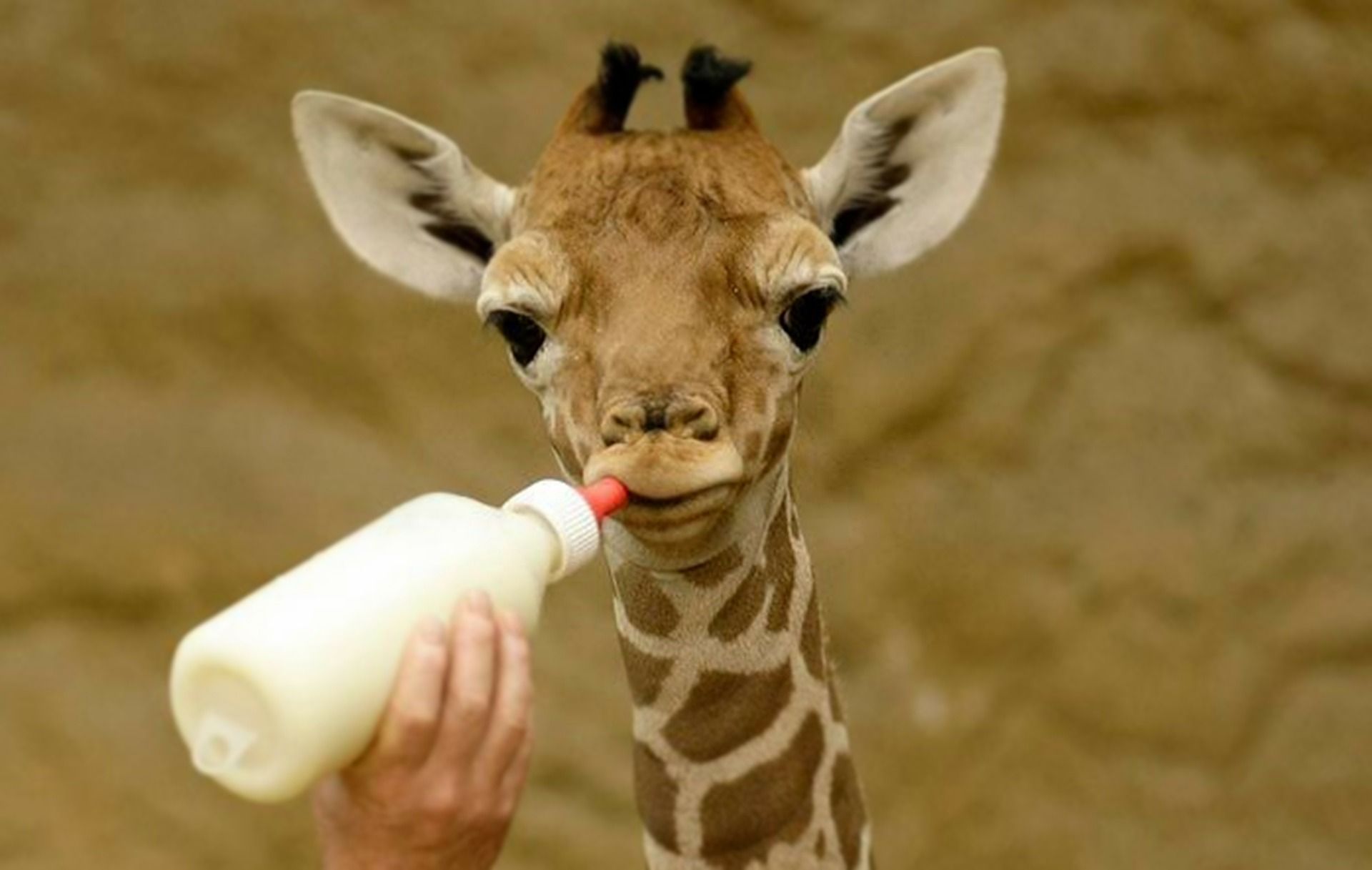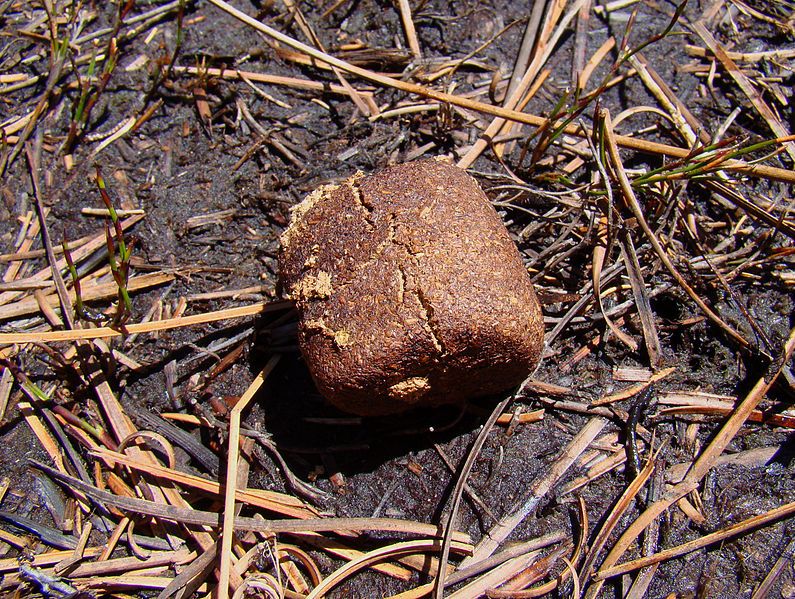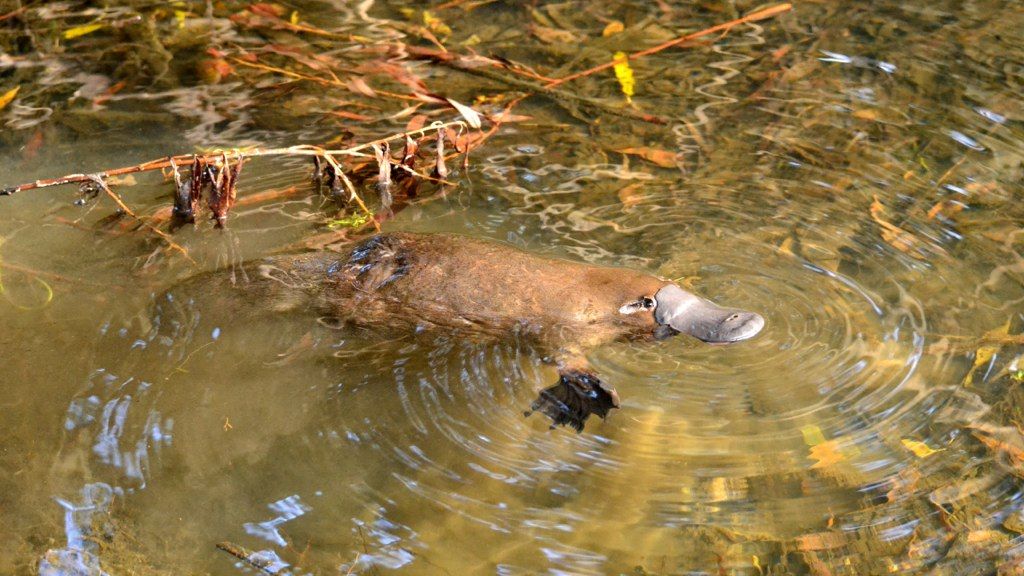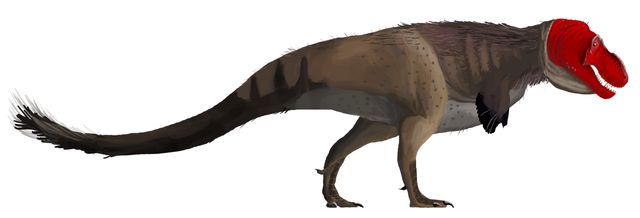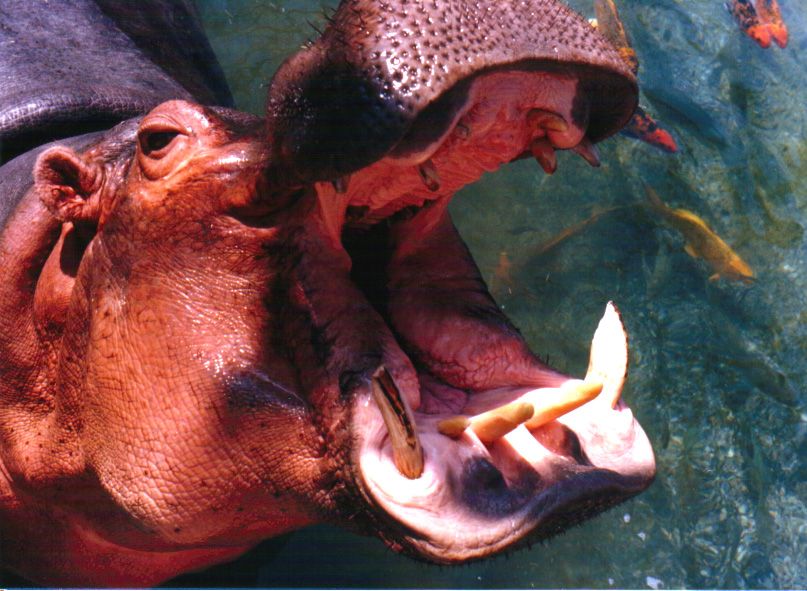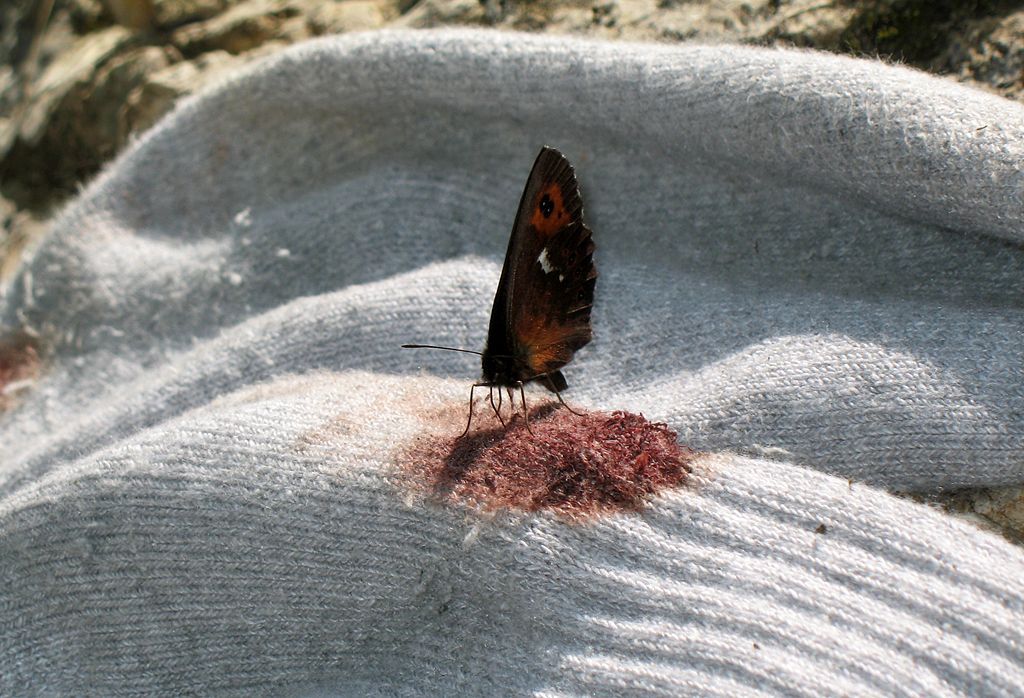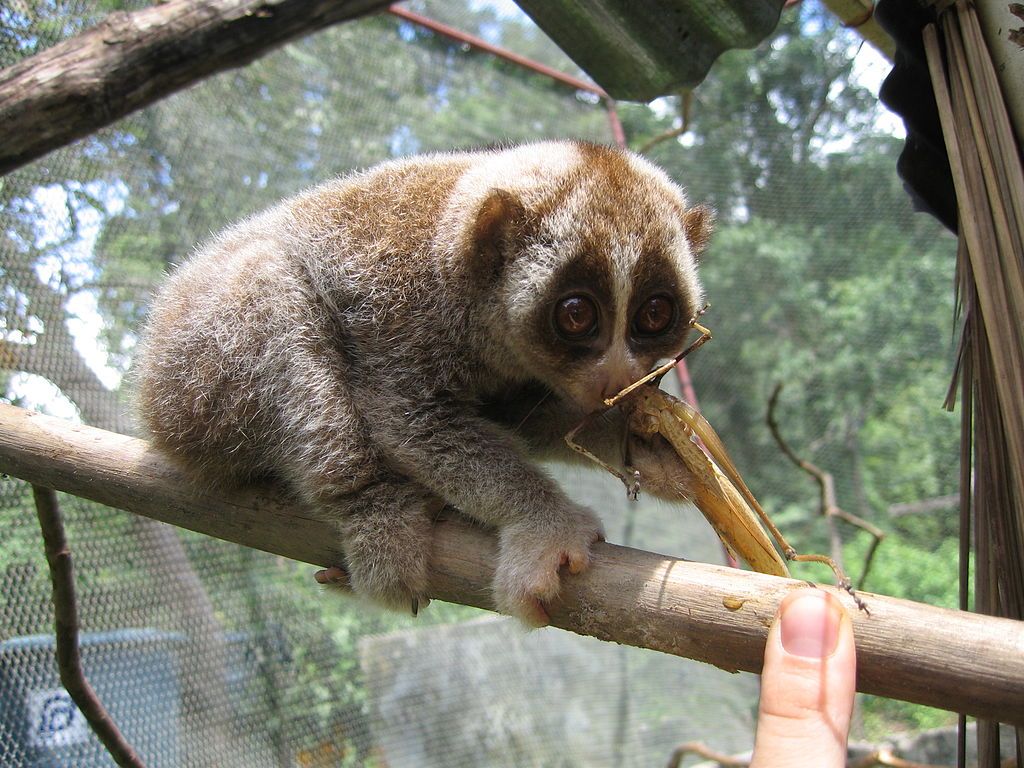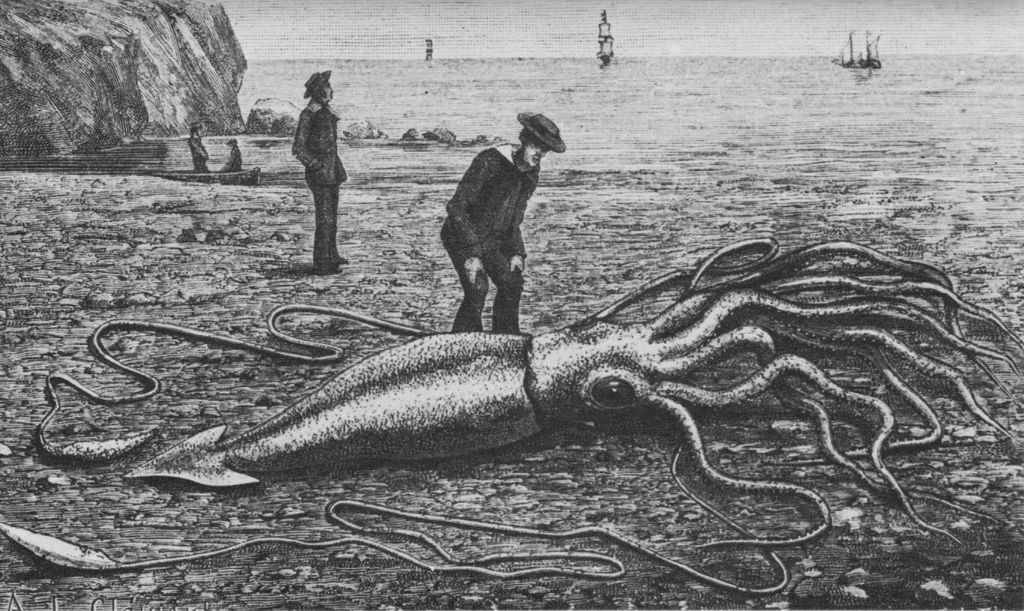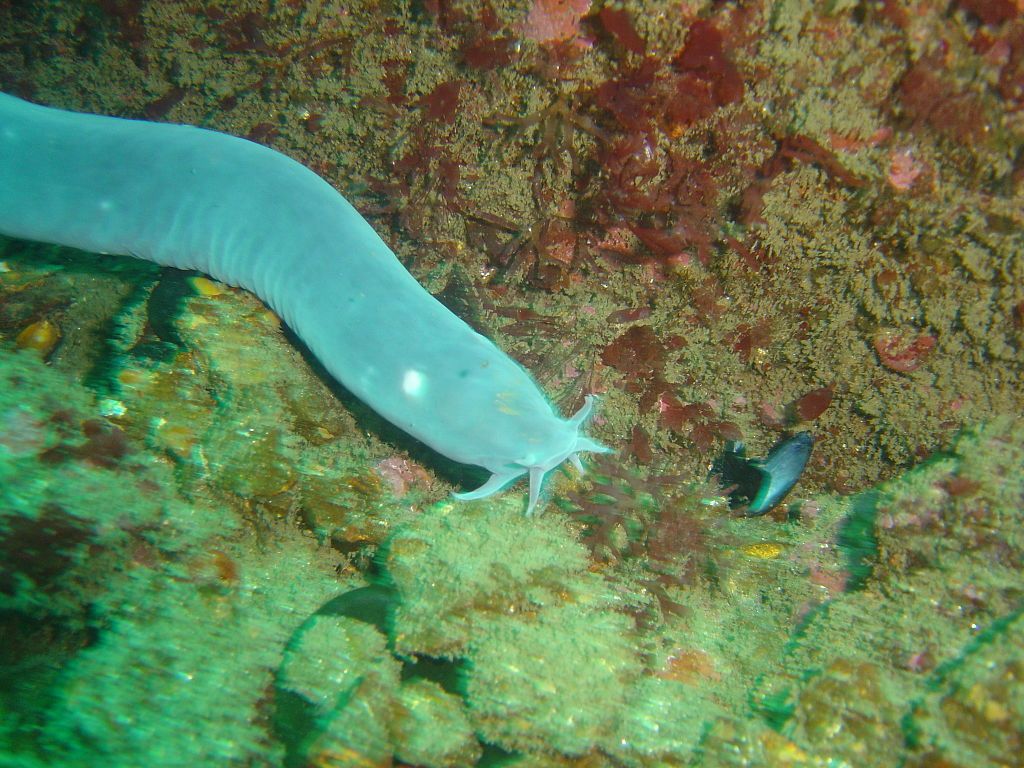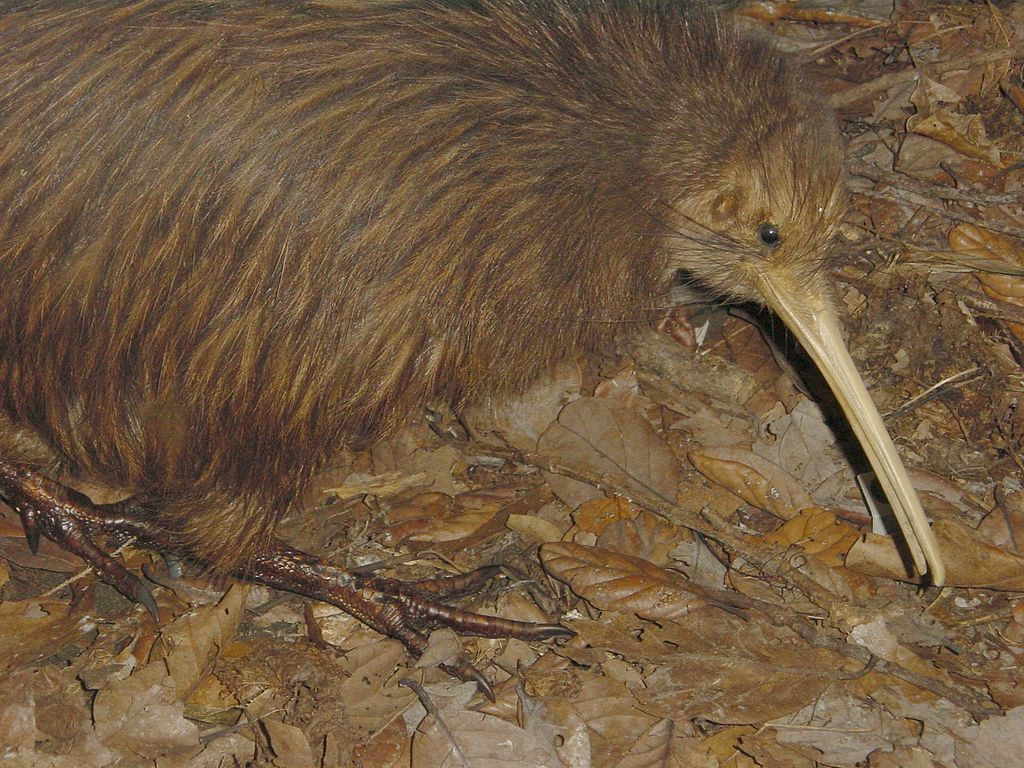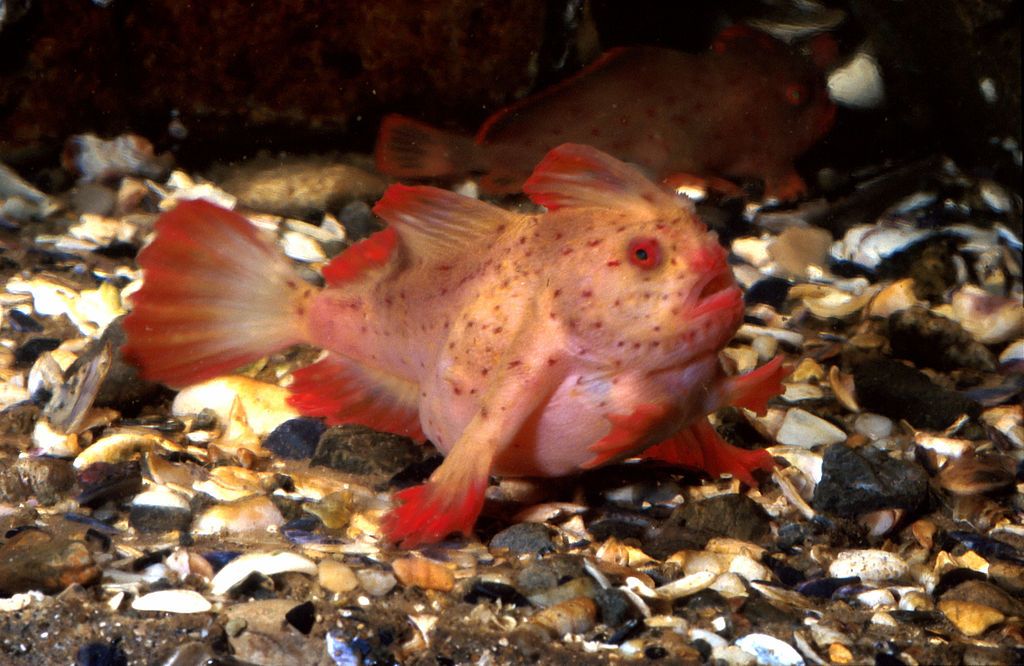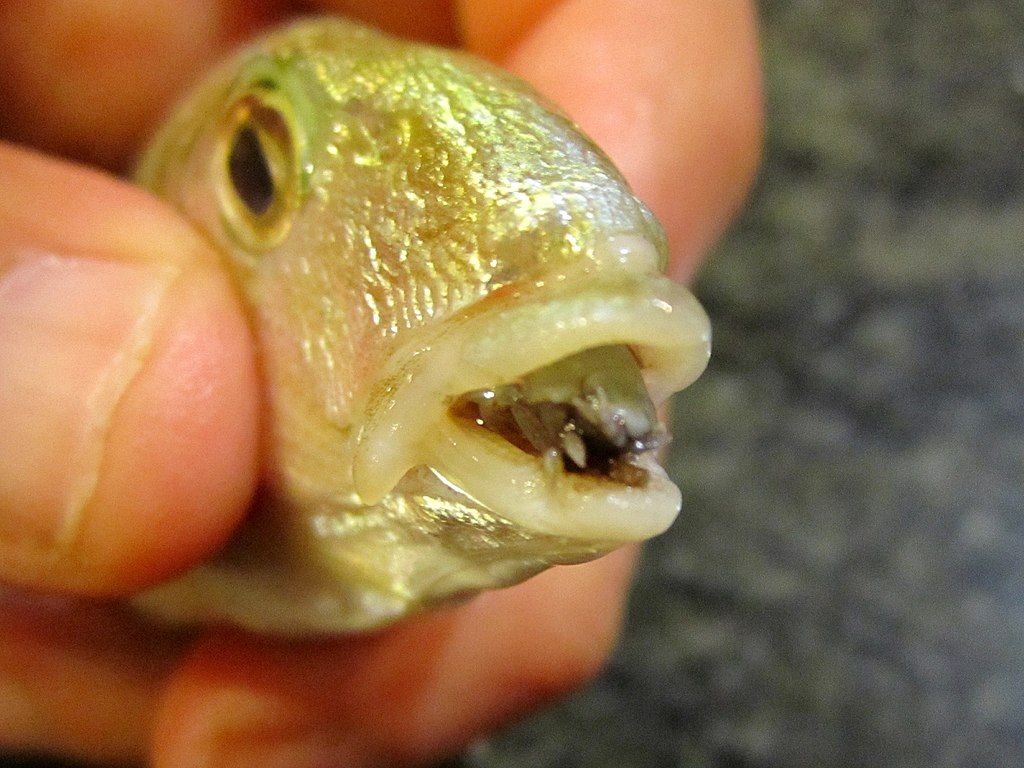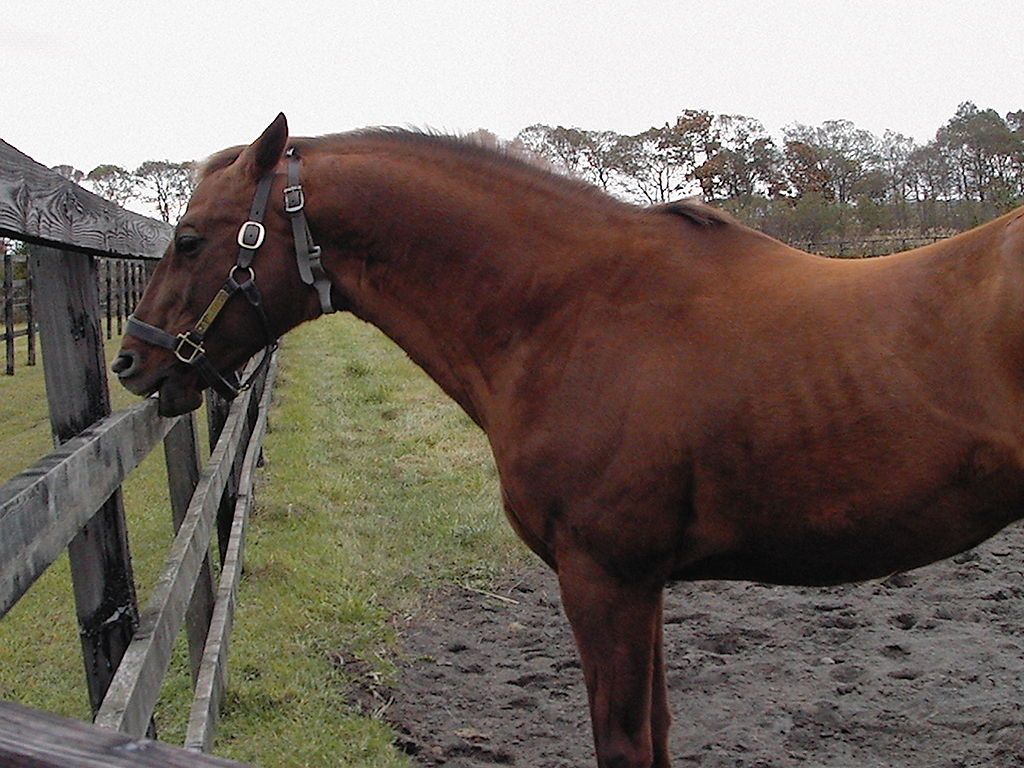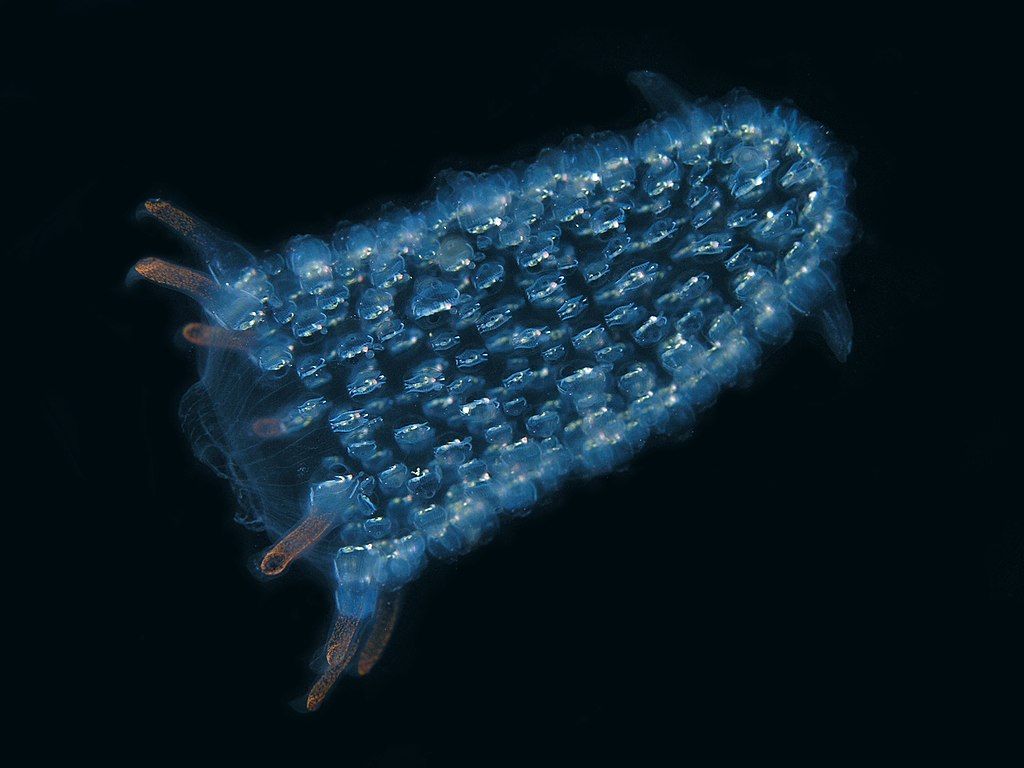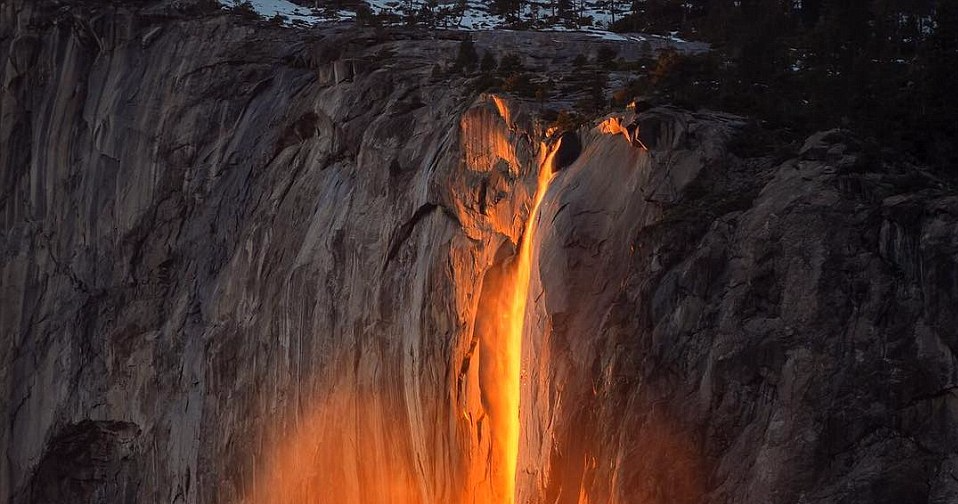Nature can be crazy with animals, sea creatures and birds doing things that we would have never thought possible.
From strange habits to crazy bodily functions, these 22 weird facts will definitely surprise you!
1. Pandas don't have a particular sleeping spot, they simply fall asleep wherever they happen to be.
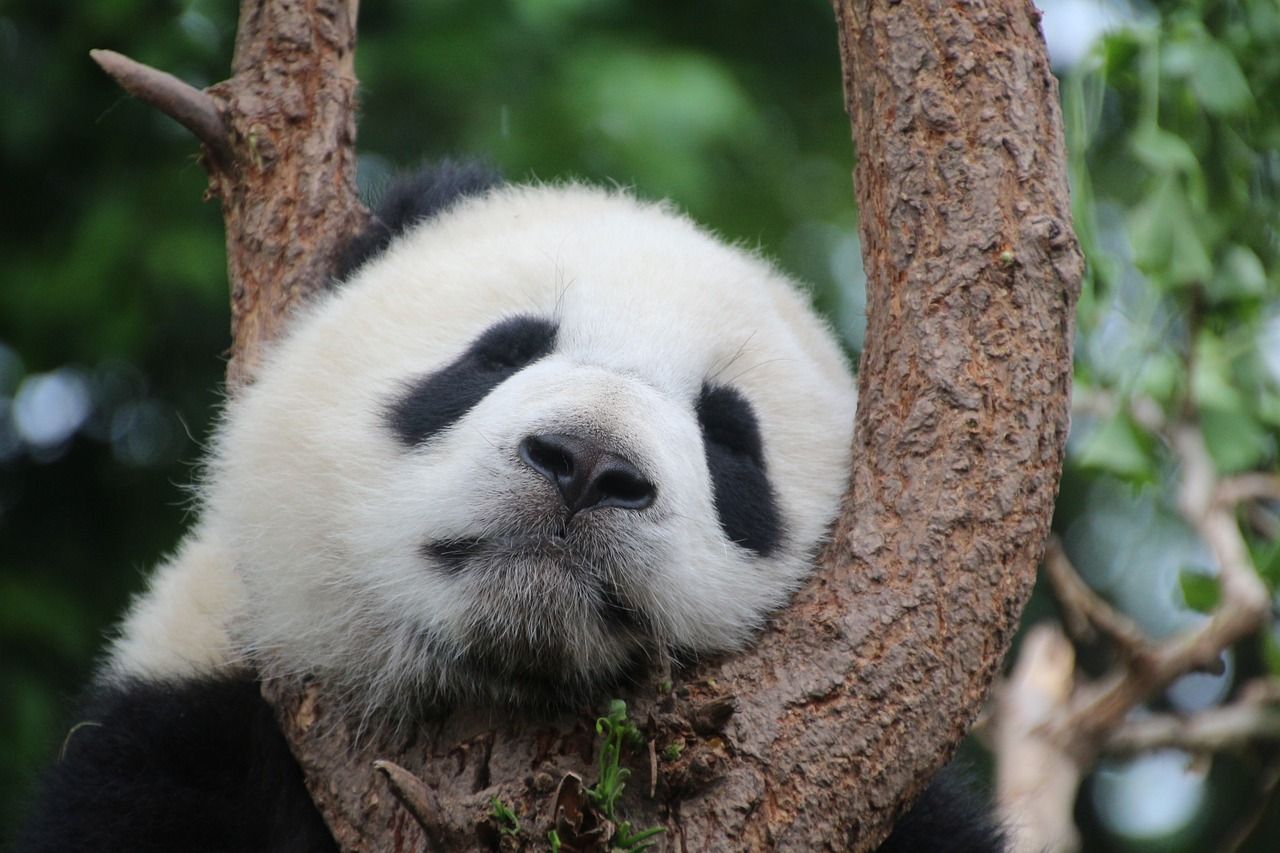
2. Wombats have cube-shaped poop.
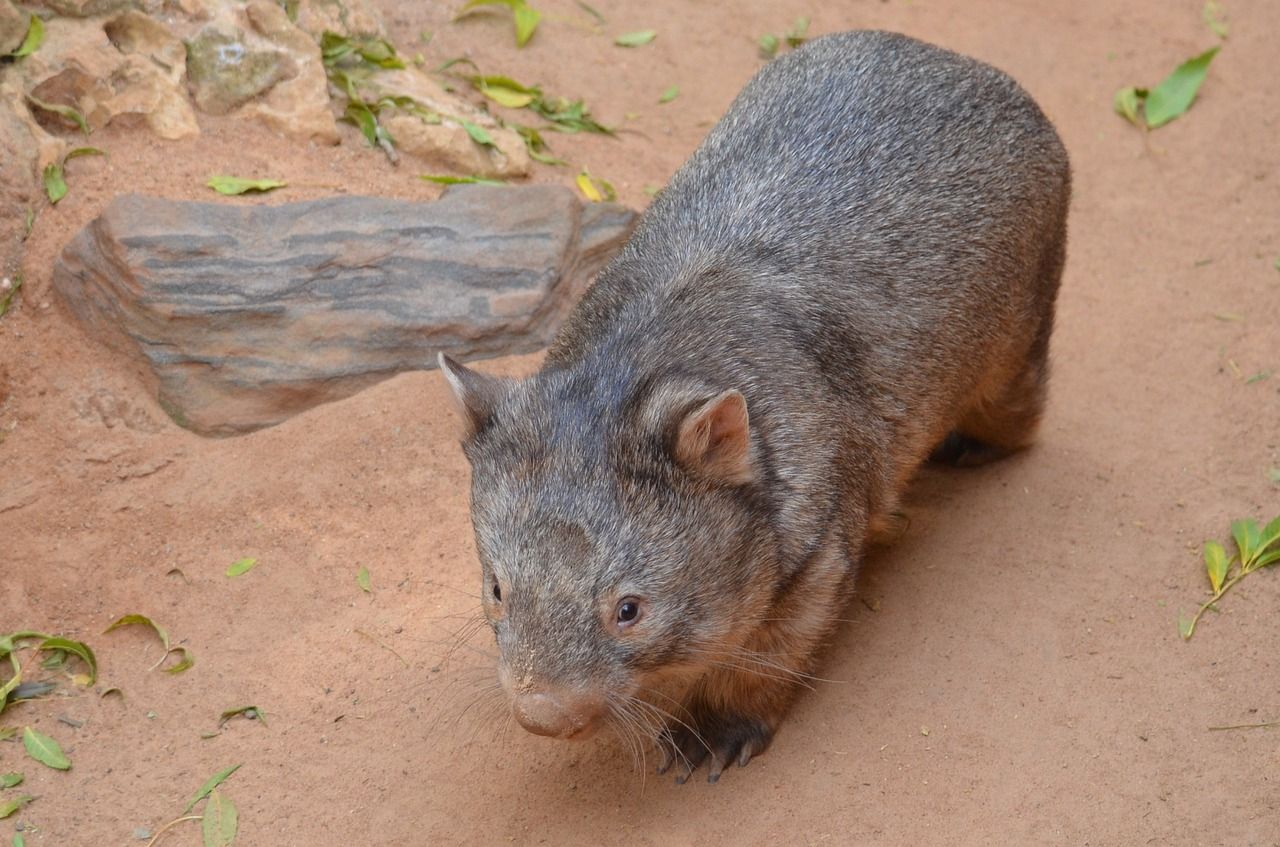
Wombats are highly territorial, so they use their cube shaped poop to mark their territory. Since a wombat has a very slow digestive process which typically takes 14-18 days, it allows for their excrement to become extremely dry and compacted which results in the cubed shape.
Source: IFLScience!
3. The platypus can swim with their eyes closed.
For about 20 to 40 seconds at a time, the platypuses search for food by diving to the bottom of the stream. They must close their eyes while underwater, so they see underwater by sensing currents created by their prey's muscle movements.
Source: Conservation Institute
4. The closest living relatives to the Tyrannosaurus Rex are chickens.
After analyzing a 68 million-year-old bone of a Tyrannosaurus rex, scientists found that dinosaurs and birds have the same ancestry, which makes the chicken the T-Rex's closest living relative.
"The analysis shows that T-rex collagen makeup is almost identical to that of a modern chicken - this corroborates a huge body of evidence from the fossil record that demonstrates birds are descended from meat-eating dinosaurs," said Angela Milner, the associate keeper of palaeontology at the Natural History Museum in London. "So, it is very satisfying that the molecules have provided a positive test for the morphology."
Source: Go Weird Facts
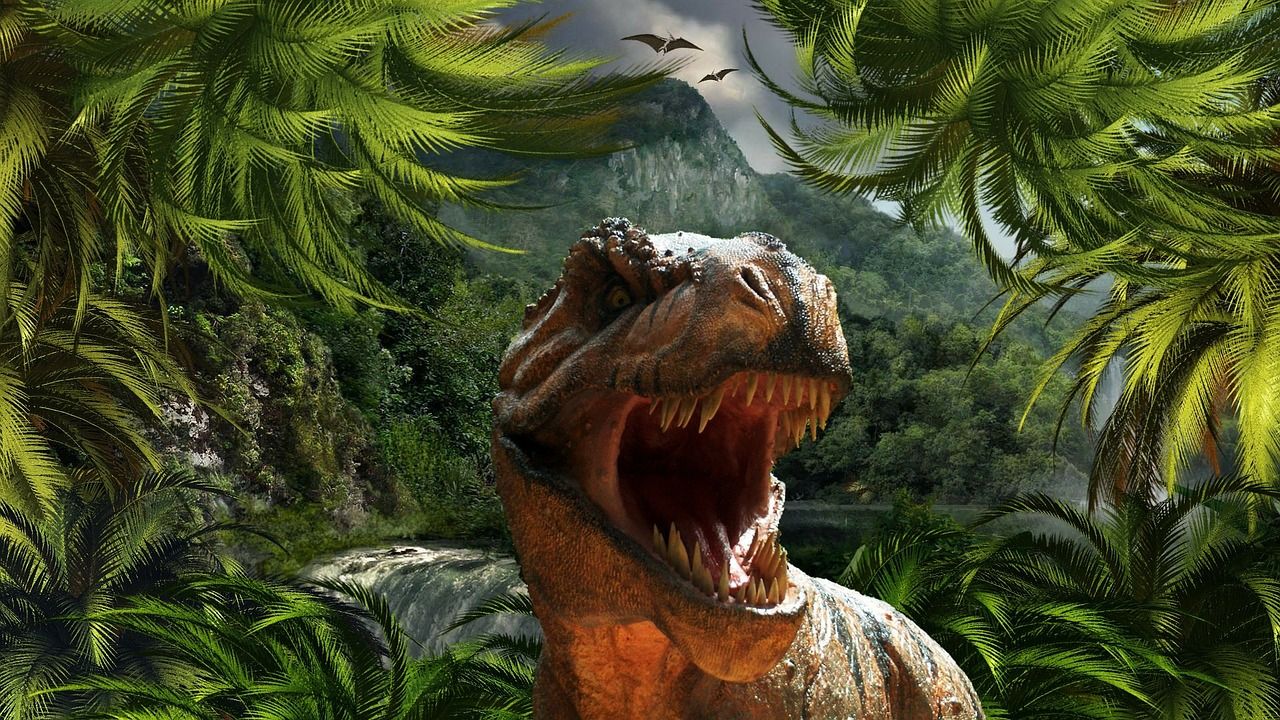
5. Hippos kill more humans than any other mammal each year.
While the hippo is primarily a vegetarian, the world's third-largest land mammal is extremely aggressive and territorial. In combination with its size (average male is 3,300 pounds), sharp teeth and mobility both on land and in the water, this makes it a power animal you will want to avoid.
6. Only 10% of the world's ocean has been explored. Most of it still remains a mystery.
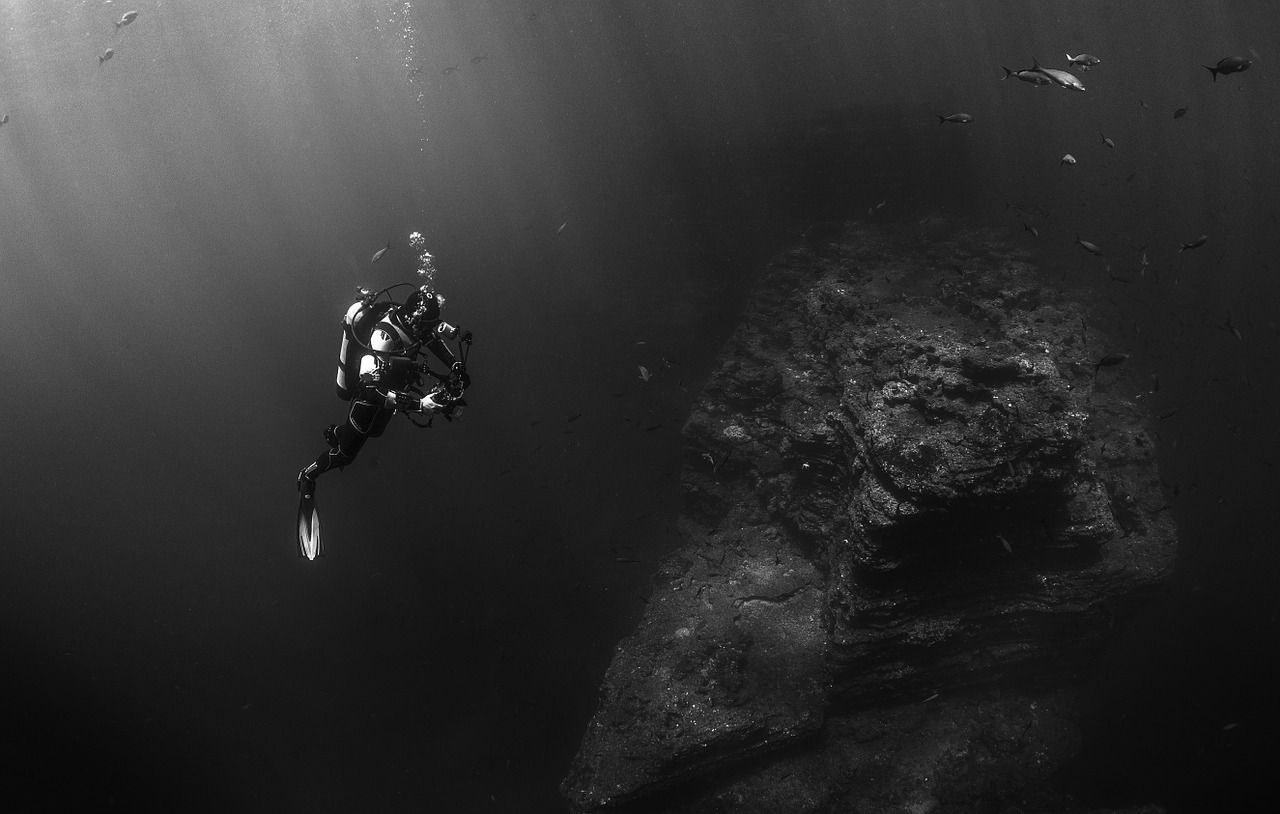
The ocean covers more than 70 percent of the planet's surface, ultimately supporting all living things on the earth. Due to its vast size and depth, only 10% of the ocean has been seen by human eyes. Who knows what else lies in the deep?
7. Many butterflies can drink blood when given the chance.
While they may seem beautiful and harmless, you should know better than to judge a book by its cover. While butterflies do not have the ability to create a wound, they won't turn up the opportunity for a drink if it becomes available. As gross as it sounds, it makes sense, since blood contains all the minerals and nutrients that most living organisms need.
8. Turkeys can reproduce without a mate.
Some female turkeys are capable of asexual reproduction. This means that eggs from a non-mated hen can grow without being fertilized by a male. All turkeys born this way are male and are indistinguishable from other males produced by natural or artificial mating.
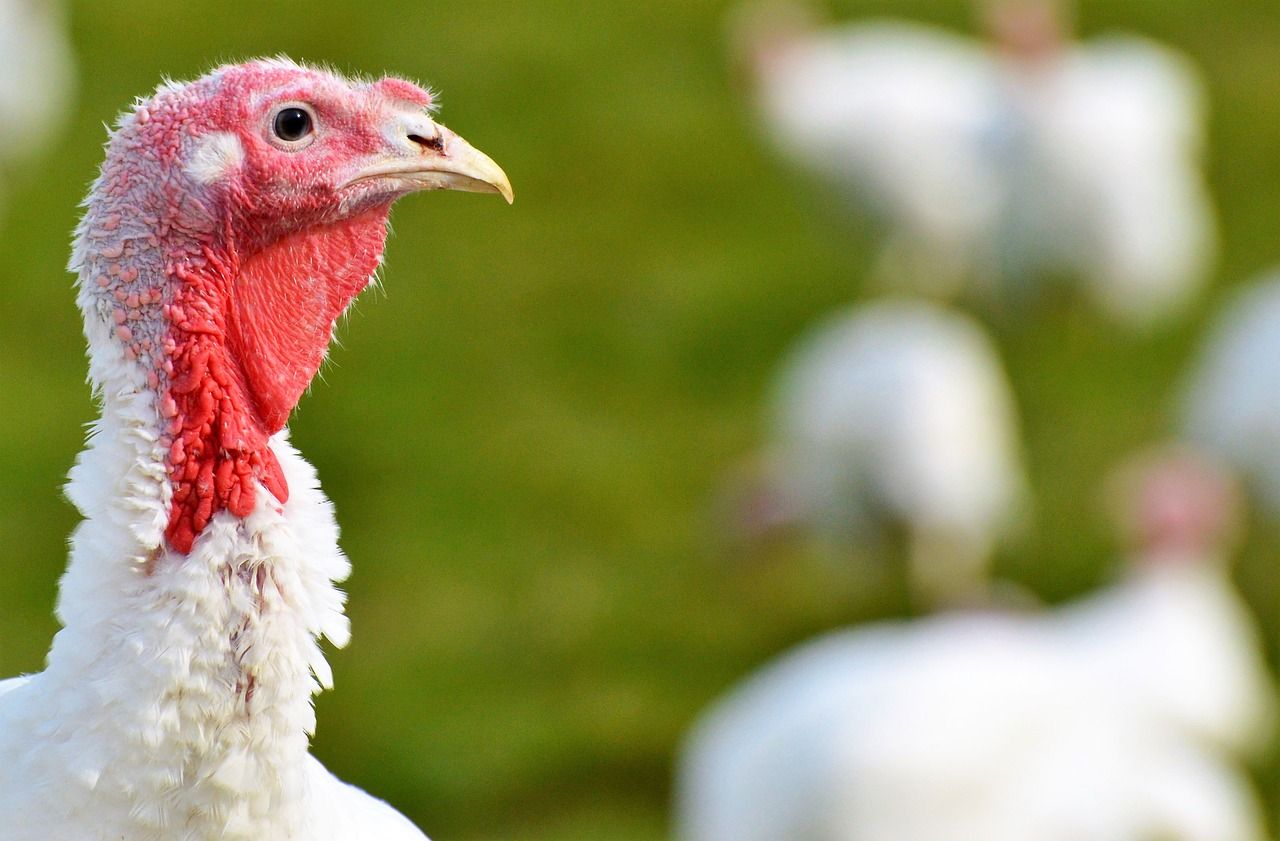
9. Starlings can imitate words better than parrots, sometimes.
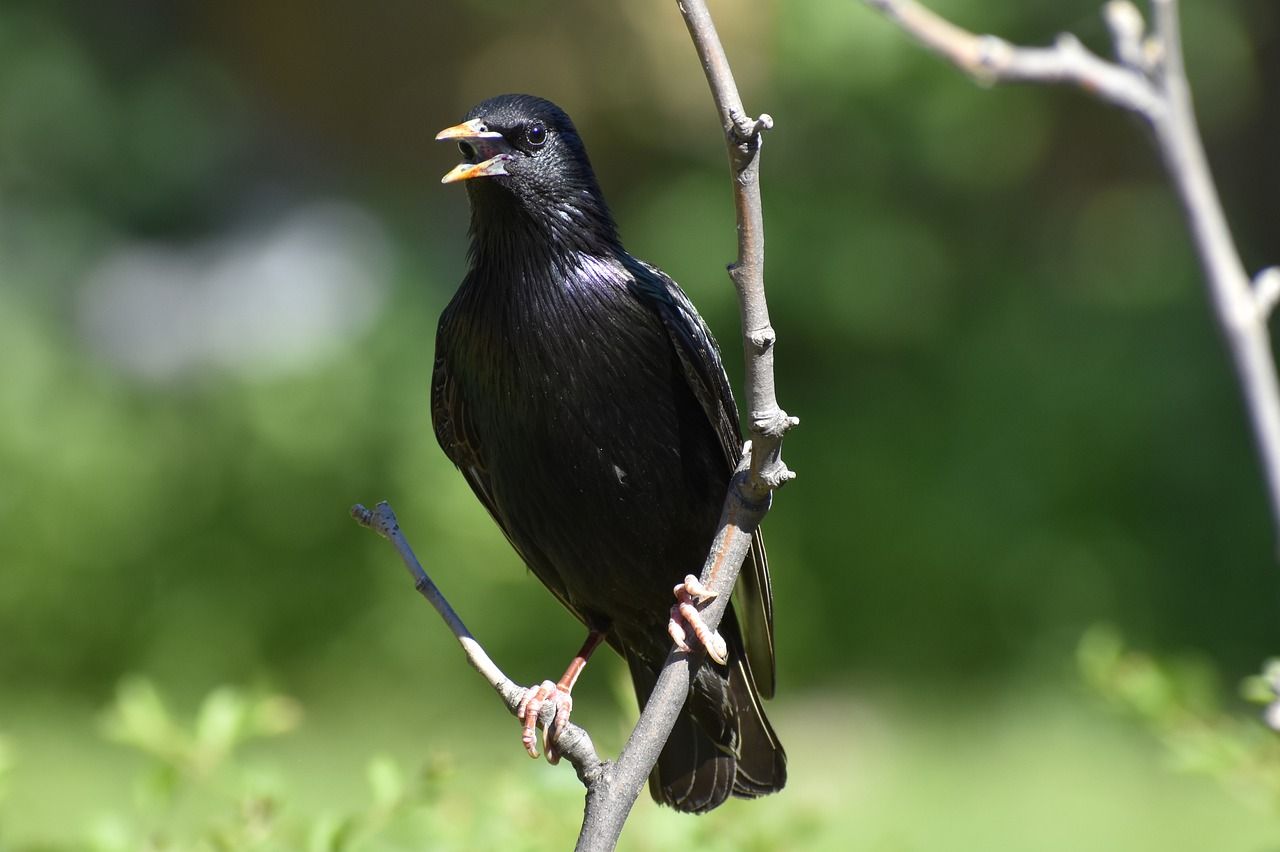
Parrots aren't the only birds that can repeat human speech. Starlings are great at it too!
10. The assassin bug, Acanthaspis petax, wears the corpses of ants to confuse its predators.
Lugging around massive piles of their foes, this predator seems both intimidating and has a highly effective armor.
11. Axolotls can regrow lost limbs, and sometimes gain extra ones.
This animal is really cool with the ability to regenerate a missing limb, tail, parts of their brain, heart and lower jaw.
"If they're paralyzed in the back they can recover the functions of their legs ... They can make all new neurons and new connections that allow them to use their legs again, which is really one of the most incredible examples of recovery," said James Monaghanm a biologist at Boston's Northeastern University.
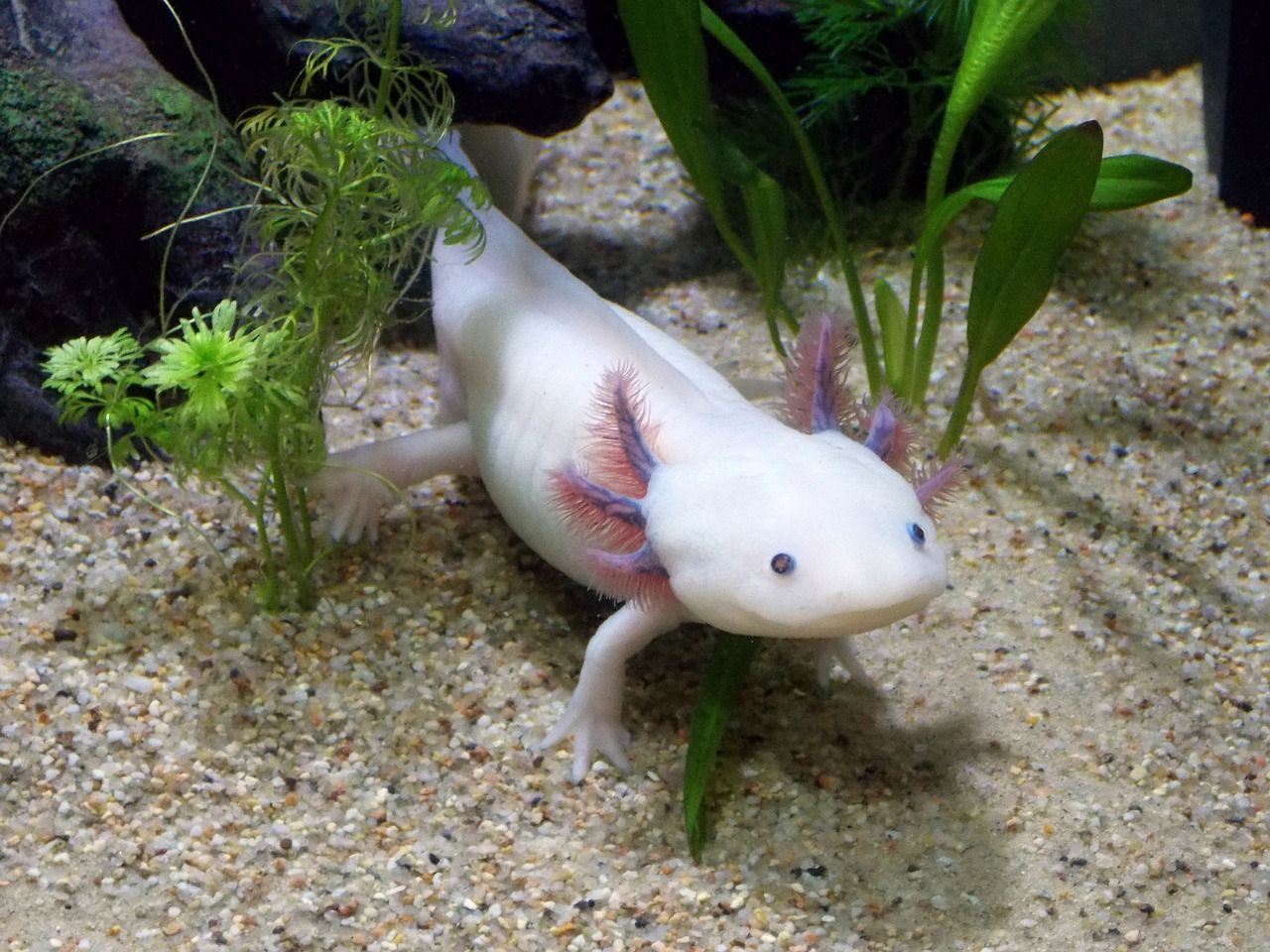
Source: National Geographic
12. Sloths don't have the ability to shiver.
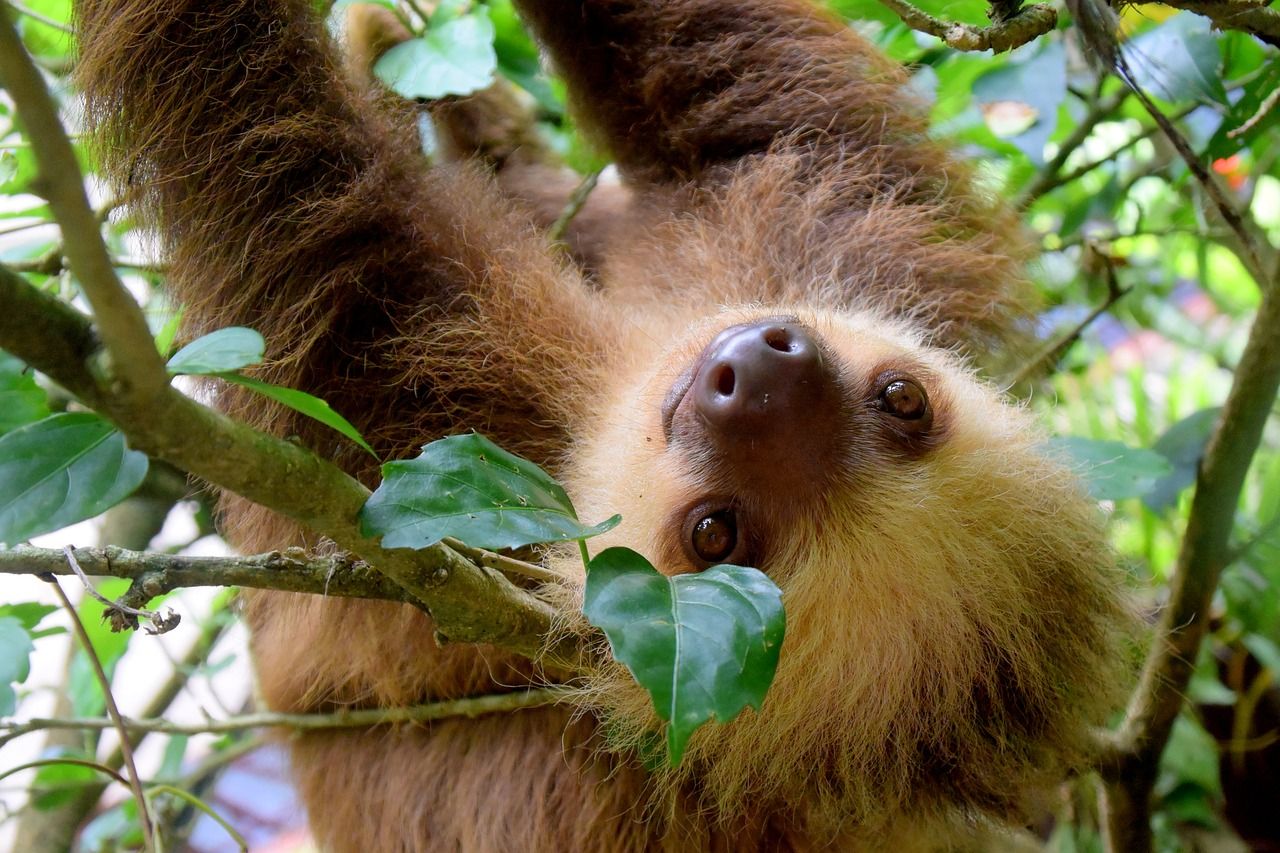
Typically when animals are cold, they will naturally shiver with the movement producing body heat. Sloths on the other hand cannot actively raise their body temperature by shivering like other mammals do.
Source: Nature Institute
13. Slow loris can kill a human with venom that they transmit through their saliva, which causes anaphylactic shock.
While this big-eyed creature may look cute, the slow loris is one of the only venomous mammals in the world. This furry friend carries a toxin that when released causes anaphylactic shock, which leads to death in some cases.
Source: MNN
14. The Colossal Squid can grow to be the size of a bus.
Colossal is not an understatement in this case at all! They can grow up to fifty-five feet in length, which definitely would be a head-turner.
Source: National Geographic
15. Emus cannot walk backwards.
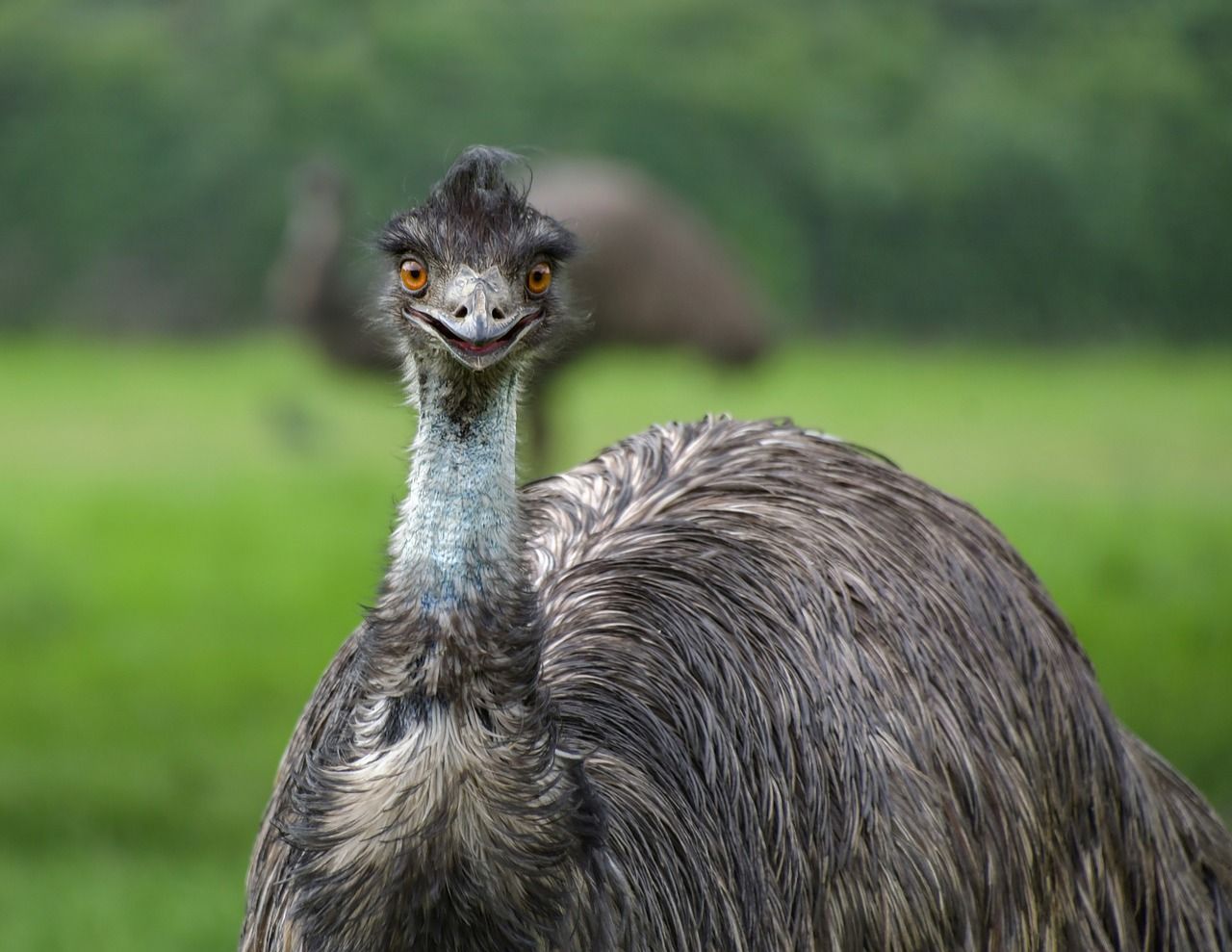
16. Male giraffes drink the urine of female giraffes to gauge an ideal mating time.
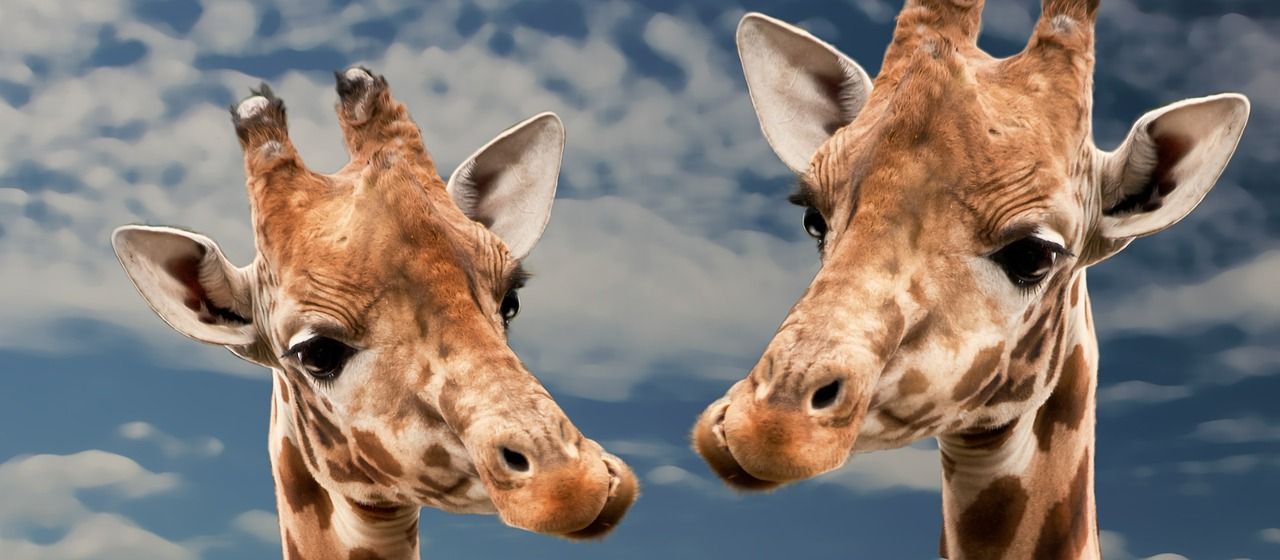
Once the animal has determined she is in heat, he will proceed to stalk her and attempt to keep other males away from her.
Source: Today I Found Out
17. Hagfish absorb the nutrients their bodies need through their skin by swimming in putrid waters near corpses.
18. Kiwi birds are almost completely blind. They forage mainly by smell.
"No other birds are known to have a free-living population of blind [individuals]," says Tennyson. But plenty of other animals, such as moles and cave-dwelling fish, have evolved blindness. "Vision is not essential for survival in all animals," said Christopher Murphy at the University of California, Davis.
19. The Red Handfish use evolved fins to "walk" along the ocean floor.
20. Cymothoa Exigua is a parasitic crustacean that shares its fish host's food by replacing the fish's tongue with itself.
21. Many horses develop "wind sucking," an habit of neurotically sucking in air and swallowing it.
Wind sucking can become an addictive habit in horses that causes them to suck and gulp air to receive a hit of endorphins. The habit is usually caused by boredom. To carry out this habit they usually grip their teeth into a door, log or wooden rail to gulp the air into their gut.
22. Pyrostremma spinosum can grow to lengths of 30 meters.
A deep sea creature living off the coast of Tasmaia, it's so rare that it's been called the "Unicorn of the Sea". This undersea creature can grow up to 30 meters in length and is hollow, translucent and has a cylindrical body.
Cool! Share these fun facts and surprise a friend.
